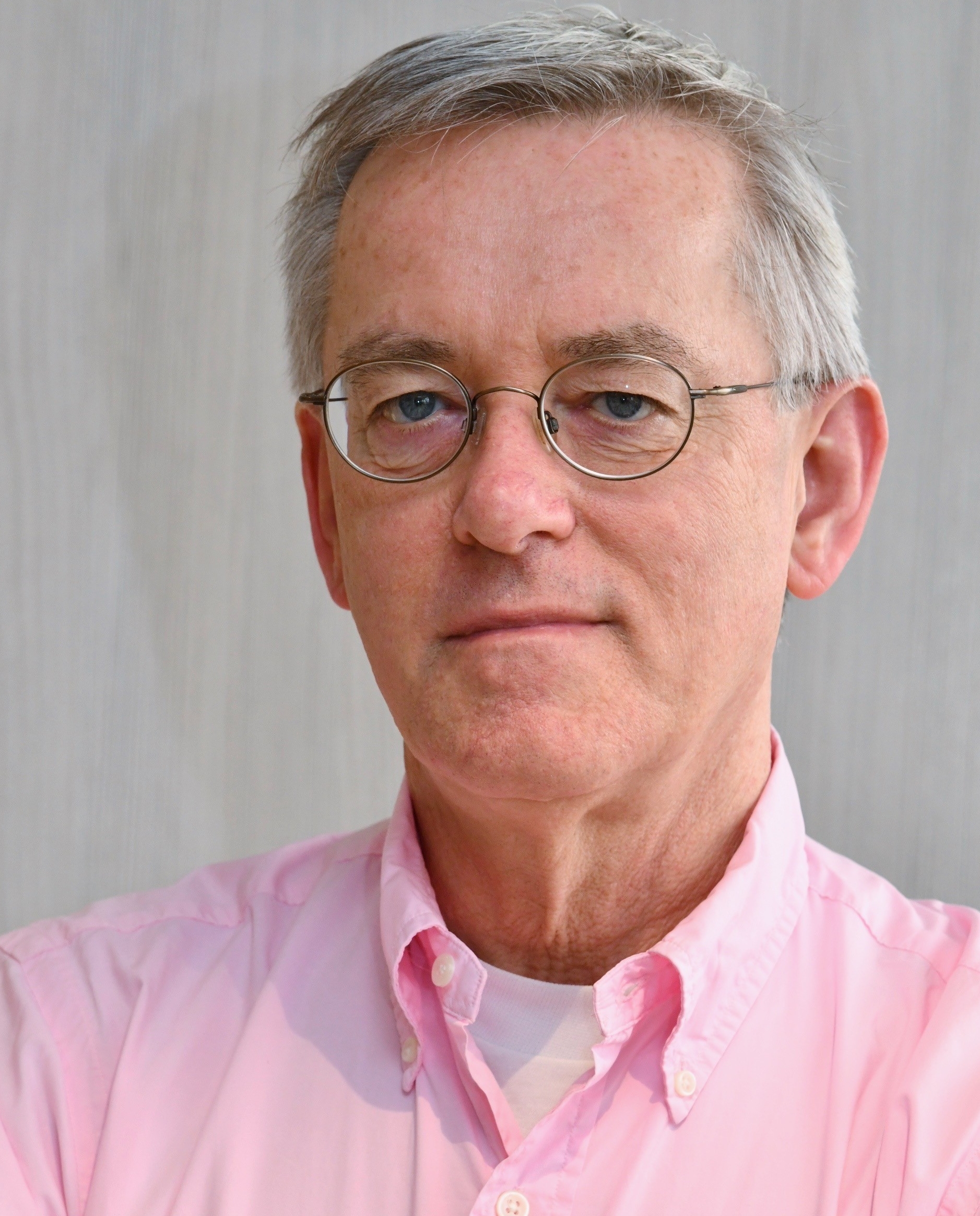Frank van den Bogaart is principal consultant at TNO with many years of experience in research and development of microwave electronics, radar technology and integrated sensor systems. Since the early 1990s, he has worked with Fraunhofer IAF on various projects. In this interview, he talks about his experiences.
“What we have in common are highly-skilled enthusiastic professionals”
Interview with Frank van den Bogaart, principal consultant at TNO
How did the collaboration between TNO and Fraunhofer IAF start in the early 1990s?
Our collaboration began around 1993 with a project with further partners to develop GaAs-based high-performance MMIC amplifiers for X-band applications. We called it the TA1 project. In this consortium, Siemens concentrated on their robust MESFET technology. Dassault Electronique (now Thales) and TNO on modeling, design, and test techniques, and Fraunhofer IAF at that time came up with the revolutionary idea of developing and using a pseudo-morphic HEMT technology for high-power applications at microwave frequencies — which eventually became very successful. The project partners remained key players in Europe in this field since then and they still know each other very well. In the end, it was not only a technological success, but also a personal and professional one.

What have been the biggest milestones of our collaboration over the last 30 years?
Although we have collaborated in several other projects, I think the result of the TA1 project is still the greatest achievement of our cooperation. We had managed to develop a 9 W high-power amplifier with about 35 % poweradded efficiency over a bandwidth of several GHz in X band for phased-array antenna applications. In those days, these were unrivaled performances! It was a TNO design in Fraunhofer IAF pHEMT technology and the layout is still a benchmark. This design and the pHEMT technology formed the basis for 25 years of firstclass, high-performance MMIC developments in Europe enabling industry to develop new radar and communication systems.
What are the commonalities and what are the differences between Fraunhofer IAF and TNO?
TNO in the Netherlands is similar to Fraunhofer in Germany, although there are of course differences in organizational structure, business model and funding. However, we work differently. Fraunhofer IAF is technology driven. You have your own clean room, develop the most advanced technologies and push them into the market. While we in our unit at TNO try to get the best out of the most advanced technologies for the applications of our stakeholders. It is really a complementary difference. What Fraunhofer IAF and TNO have in common is that we are both driven by advanced technologies and have highly-skilled very enthusiastic professionals being among the best in the world.
In which areas can we, Fraunhofer IAF and TNO, still achieve a lot together?
In my unit, we are concerned with high-performance radars and the developments at Fraunhofer IAF on diamond substrates may be a breakthrough for this purpose. On the other hand, the charm of Fraunhofer IAF is that you are constantly looking at new technologies and also investing in them, including quantum technologies. I am, therefore, very happy that we can start working together in a quantum technology project on nitrogen-vacancy centers in diamond. This completes the circle of our 30-year cooperation: We started then in high-frequency electronics and now meet again in the new field of quantum technologies. Hopefully we will have a similar impact the next 30 years as with the TA1 project back then.
- Article in the Annual Report: 30 years of joint pioneering research with TNO (iaf.fraunhofer.de)
 Fraunhofer Institute for Applied Solid State Physics IAF
Fraunhofer Institute for Applied Solid State Physics IAF